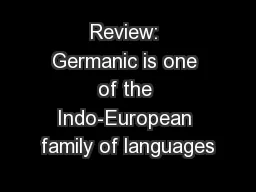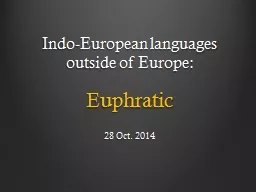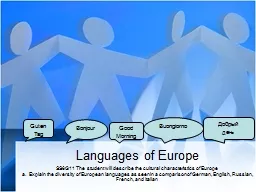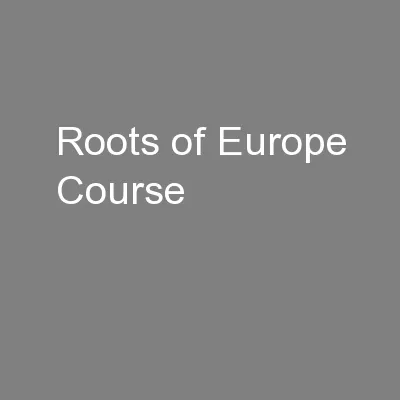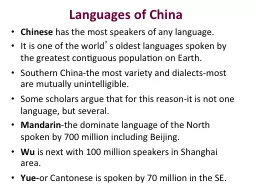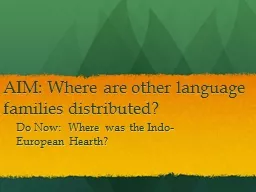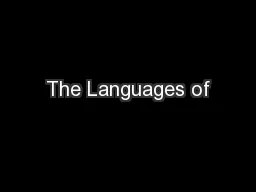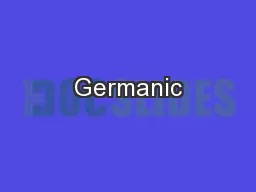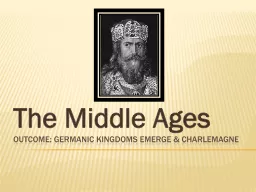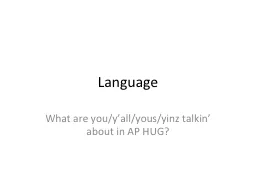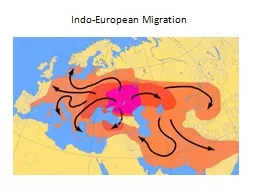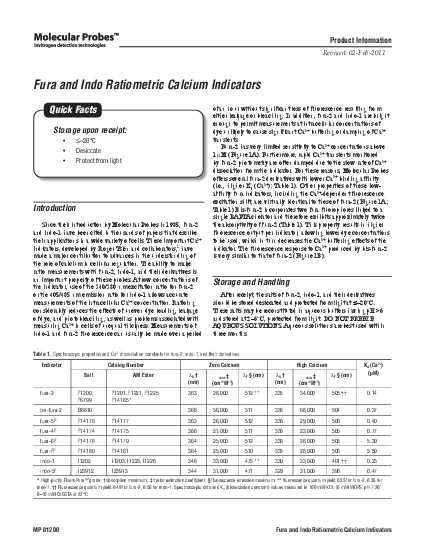PPT-Review: Germanic is one of the Indo-European family of languages
Author : aaron | Published Date : 2019-01-22
Main characteristics of Germanic which distinguish it from IE The First Germanic Consonant Shift Vowel gradation Nominal reduction to a 4case system Verbal reduction
Presentation Embed Code
Download Presentation
Download Presentation The PPT/PDF document "Review: Germanic is one of the Indo-Euro..." is the property of its rightful owner. Permission is granted to download and print the materials on this website for personal, non-commercial use only, and to display it on your personal computer provided you do not modify the materials and that you retain all copyright notices contained in the materials. By downloading content from our website, you accept the terms of this agreement.
Review: Germanic is one of the Indo-European family of languages: Transcript
Download Rules Of Document
"Review: Germanic is one of the Indo-European family of languages"The content belongs to its owner. You may download and print it for personal use, without modification, and keep all copyright notices. By downloading, you agree to these terms.
Related Documents

